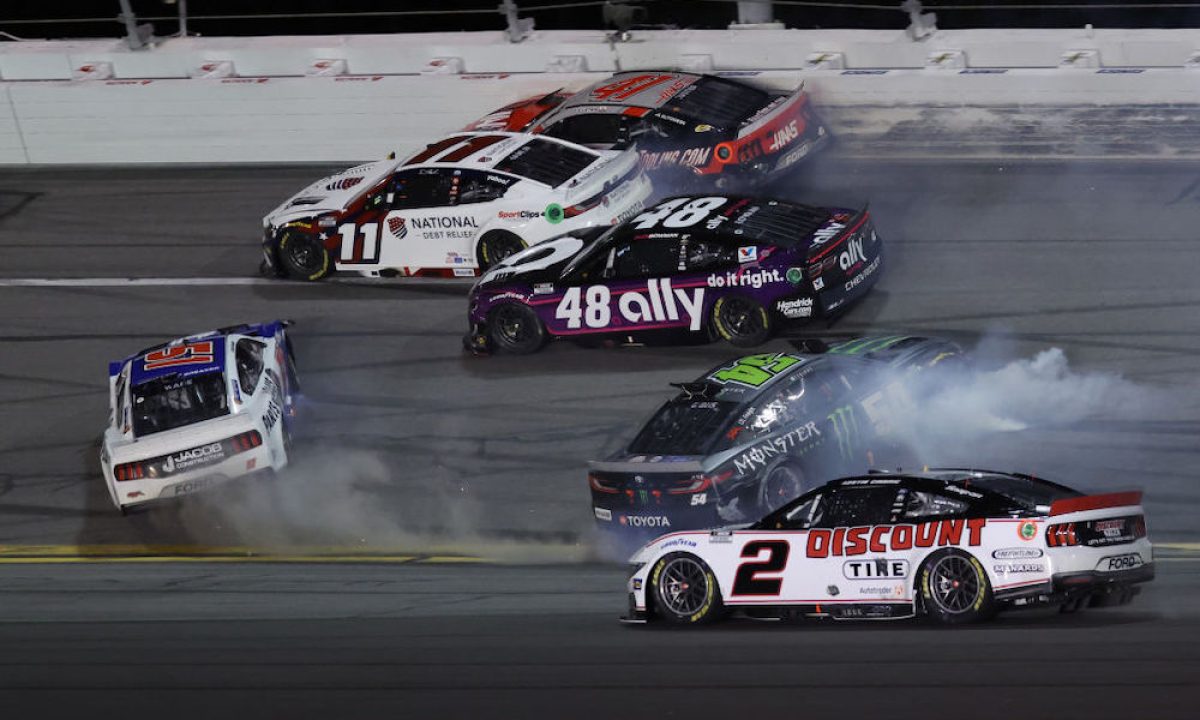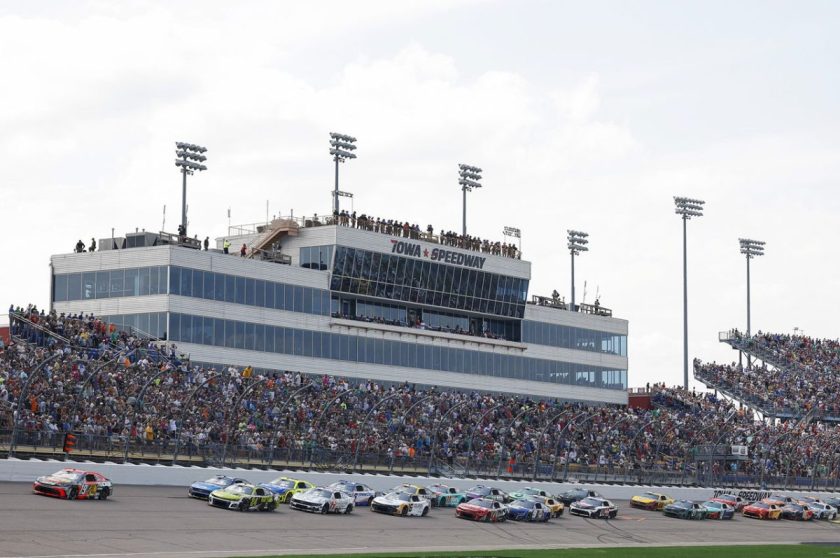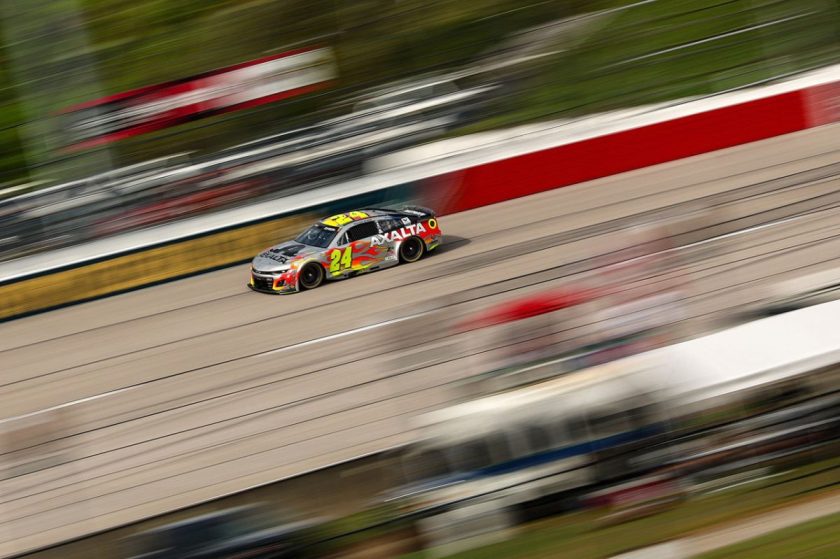P1racenews AI automatic summary:
NASCAR’s decision to throw the caution at the end of the second qualifying duel but not the Daytona 500 was a matter of how quickly safety vehicles were needed and could be deployed to the sc…
NASCAR’s decision to throw the caution at the end of the second qualifying duel but not the Daytona 500 was due to safety vehicle deployment considerations, aimed at preventing potential accidents near the finish line and entrance to pit road, as explained by Jusan Hamilton, NASCAR managing director of competition operations. Hamilton discussed this and other caution decisions in a recent episode of NASCAR’s podcast, Hauler Talk, reflecting on the events at Daytona over the weekend. The race director, Hamilton, acknowledged that in the instance of the Duel races on Thursday, the caution flag timing led to confusion over the race winner, with Erik Jones ultimately being determined the leader when the caution came out. Looking back, Hamilton admitted that NASCAR could have handled the situation differently given more time for review. In the case of the Daytona 500 finish, where William Byron emerged as the leader after a multi-car crash, Hamilton emphasized that each incident is unique and that safety responses are tailored to the specific circumstances to ensure a smooth and safe conclusion to the race. NASCAR’s decision-making process regarding caution timing prioritizes the safety and well-being of drivers and provides insights into the complexities of managing high-speed events.


